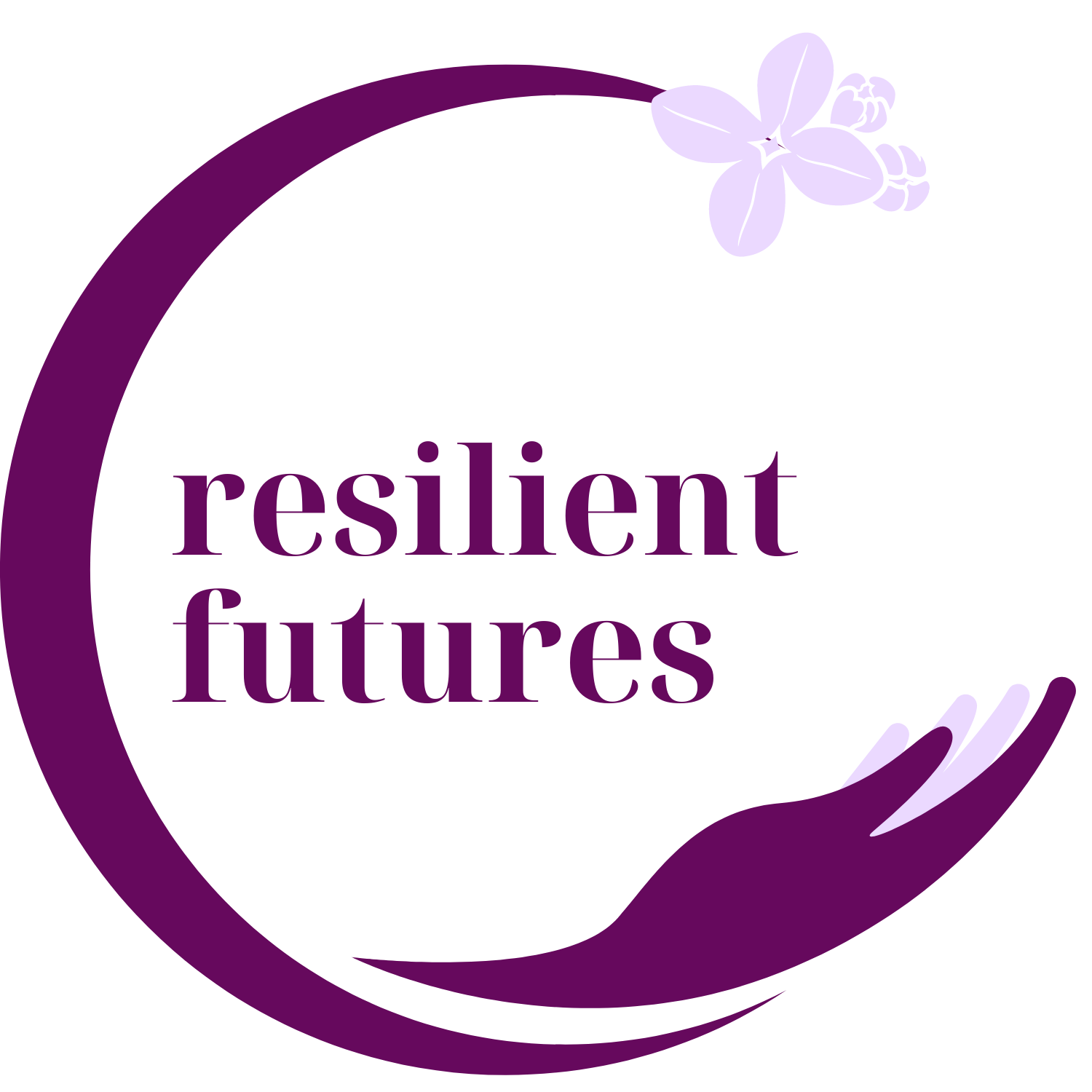Free Download: Dyadic Listening as a Trauma-Informed Practice
One powerful tool that aligns with trauma-informed practices is Dyadic Listening. This guide explores dyadic listening, why it is a valuable trauma-informed practice, and how it can be implemented in schools and beyond to foster healthier communication and stronger relationships.
Sign up to read this post
Join Now
